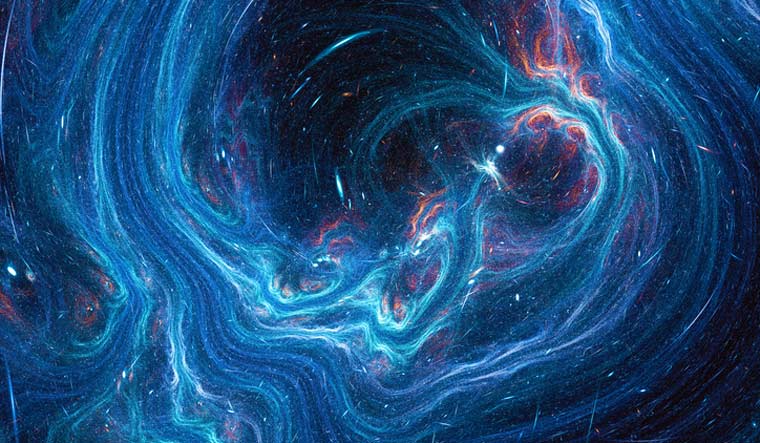Scientists from the Universities of Sheffield and Hertfordshire in the UK have uncovered the mystery behind the ignition of quasars, the brightest and most powerful objects in the universe. These celestial bodies can shine with the brightness of a trillion stars in the volume of our Solar System, and their activity was first observed 60 years ago.
The researchers used deep imaging observations from the Isaac Newton Telescope in La Palma, Spain to observe the presence of distorted structures in the outer regions of galaxies that host quasars. This revealed that galactic collisions were responsible for triggering such powerful activity.
By comparing images of 48 quasars and their host galaxies with over 100 non-quasar galaxies, the researchers concluded that galaxies hosting quasars were approximately three times as likely to be interacting or colliding with other galaxies. This finding has been published in the Monthly Notices of the Royal Astronomical Society.
Collisions between galaxies drive the gas towards the black hole at the galaxy centre; just before the gas is consumed by the black hole, it releases extraordinary amounts of energy in the form of radiation, resulting in the characteristic quasar brilliance.
The ignition of a quasar can have dramatic consequences for entire galaxies it can drive the rest of the gas out of the galaxy, which prevents it from forming new stars for billions of years into the future.
"Quasars are one of the most extreme phenomena in the Universe, and what we see is likely to represent the future of our own Milky Way galaxy when it collides with the Andromeda galaxy in about five billion years.
"It's exciting to observe these events and finally understand why they occur - but thankfully Earth won't be anywhere near one of these apocalyptic episodes for quite some time," said Clive Tadhunter, professor at the University of Sheffield's Department of Physics and Astronomy.
(With inputs from PTI)


